Big cats, known for their majestic presence and unmatched prowess, are often seen as the rulers of their domains. But what happens when an outsider steps into their territory? Their reactions can be as varied as the cats themselves, influenced by instinct, experience, and the environment.
The Instincts of a Predator
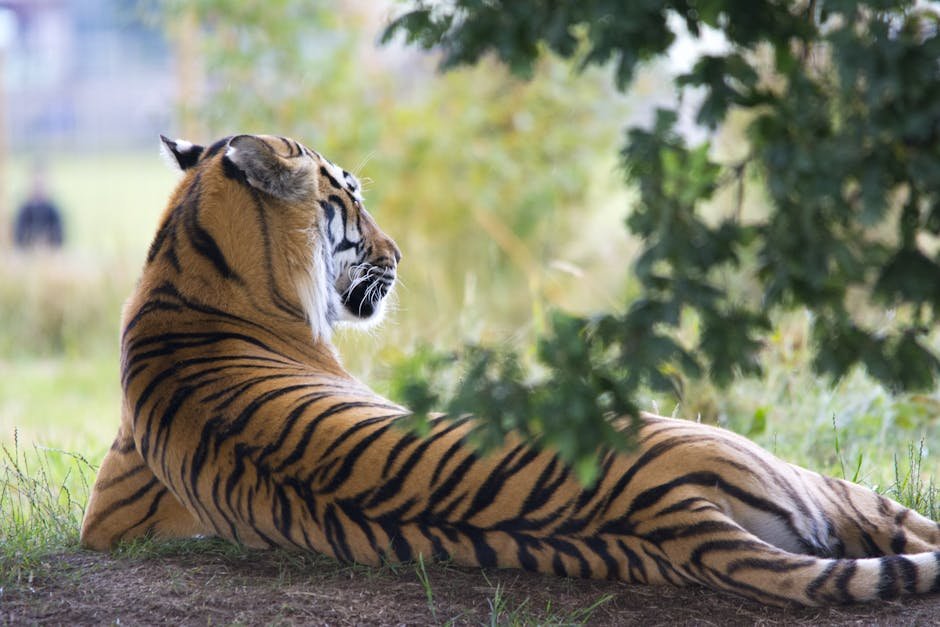
Big cats are born with an innate set of instincts that guide their behavior. These instincts are finely tuned to detect threats, prey, and changes in their environment. When an unfamiliar animal enters their territory, these instincts kick into high gear. The big cat immediately assesses whether the newcomer is a threat, prey, or merely an intruder. This instinctual response ensures their survival, allowing them to decide whether to attack, observe, or retreat.
Marking Territory
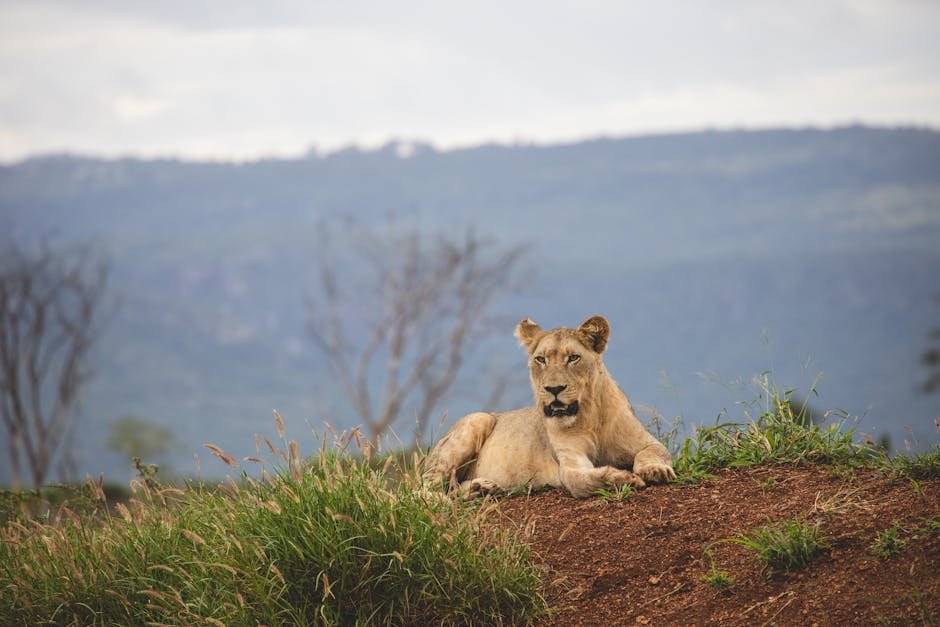
Territory is crucial for big cats. They mark their domains using scent markings, vocalizations, and physical signs like scratches on trees. When an unfamiliar animal enters, these territorial markers play a pivotal role. The intruder might be deterred by the strong scent of a dominant cat, while the resident cat uses these cues to assert dominance. This marking system acts as a silent yet powerful communication tool, warning others of their presence.
Initial Reactions: Fight or Flight
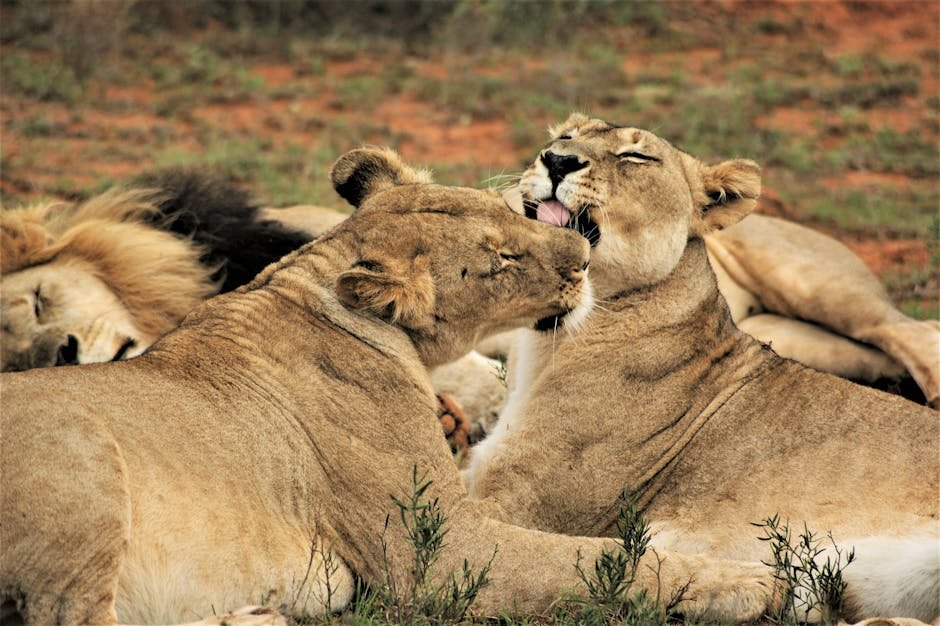
Upon encountering a stranger, a big cat’s first response is often to determine whether to engage or evade. If the intruder poses a threat, the cat might choose to confront it directly. This could involve growling, hissing, or even a full-blown charge. Conversely, if the animal is seen as non-threatening or too challenging, the cat might choose to observe from a distance or retreat. This decision is crucial, as it can dictate the outcome of the encounter.
The Role of Experience
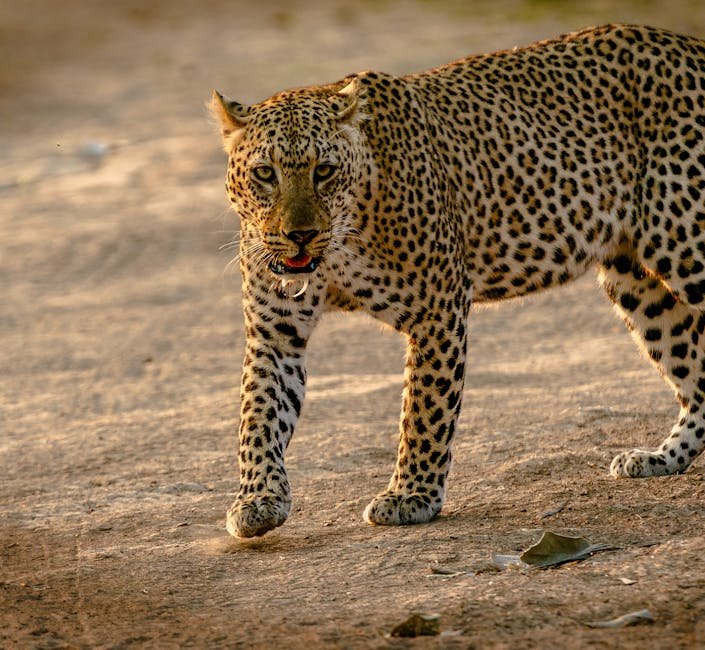
Experience plays a significant role in shaping a big cat’s reaction. Older, more seasoned cats might approach unfamiliar situations with caution, drawing from past encounters. Younger cats, on the other hand, might act more impulsively, driven by curiosity or bravado. Over time, these experiences accumulate, refining their ability to judge threats and respond appropriately. It’s a learning curve that directly influences their survival and success.
Assessing the Threat Level
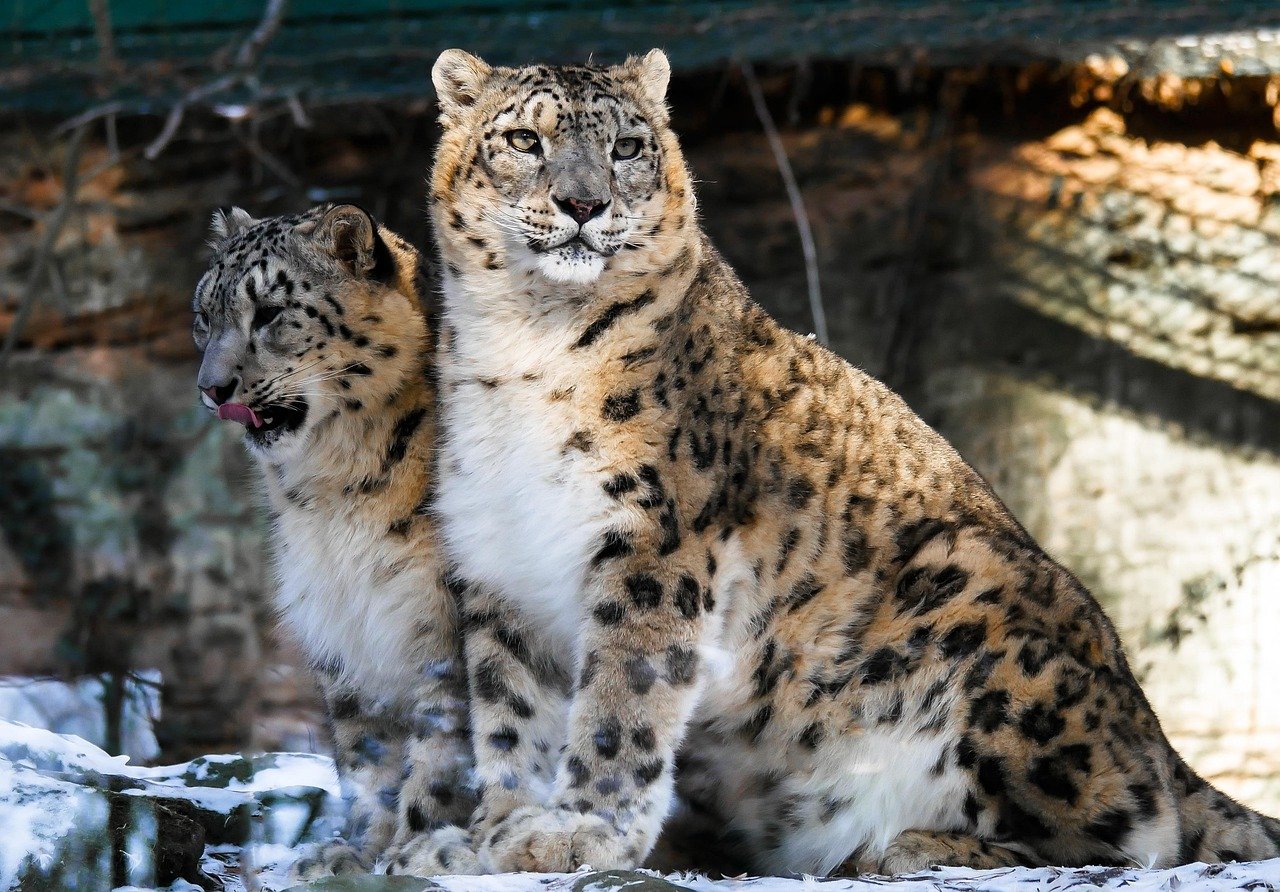
Once the initial shock of an intruder wears off, big cats begin a more detailed assessment. They consider the size, behavior, and demeanor of the newcomer. A smaller animal might be dismissed as prey, while a larger one could be seen as a rival or threat. By carefully evaluating the threat level, the cat can decide on the most effective course of action, ensuring their safety while maintaining control over their territory.
Vocalizations as a Communication Tool
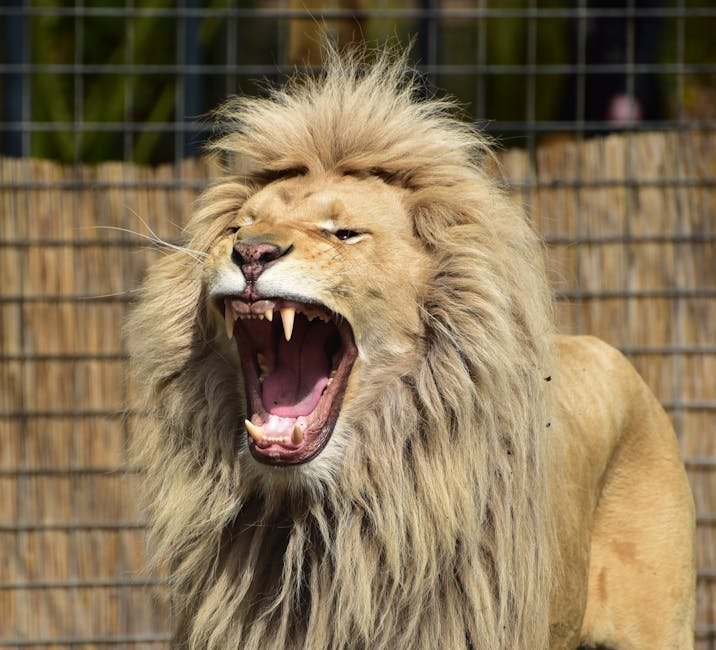
Big cats have a wide range of vocalizations, from roars to purrs, each serving a specific purpose. When faced with an unfamiliar animal, these sounds become vital communication tools. Roaring can assert dominance or serve as a warning, while softer sounds might be used to comfort or communicate with other members of their group. These vocalizations convey emotions, intentions, and warnings, playing a crucial role in their interactions.
Body Language and Posture
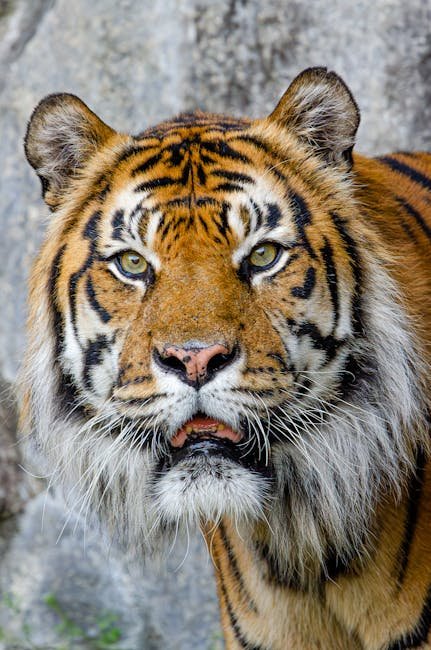
Body language is another critical aspect of a big cat’s response. The way they position themselves, the arch of their back, or the flick of their tail can all signal their intentions. A tense, crouched posture might indicate aggression, while a relaxed stance suggests curiosity or indifference. By reading these physical cues, intruders can gauge the cat’s mood and intentions, potentially avoiding conflict.
Curiosity: A Double-Edged Sword
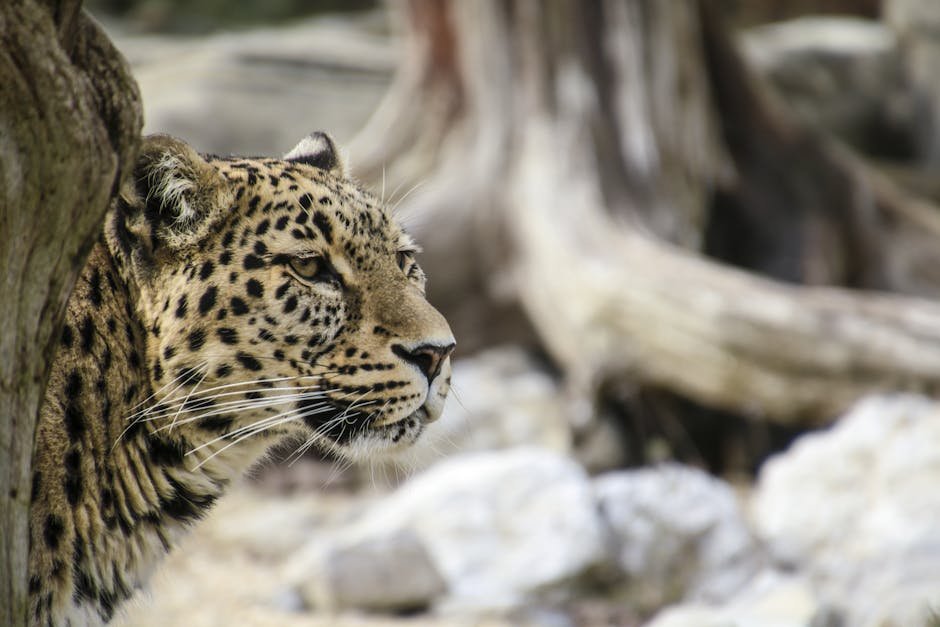
Curiosity is a natural trait in big cats. While it can lead them to investigate new opportunities, it can also put them in danger. When faced with an unfamiliar animal, curiosity might drive the cat to approach and investigate. This behavior can lead to valuable learning experiences but also poses risks if the intruder is hostile or dangerous. It’s a delicate balance between exploration and caution.
Defensive Strategies
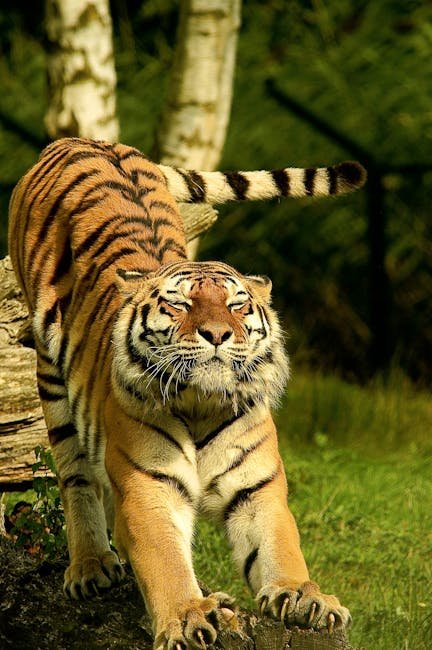
When a big cat perceives a genuine threat, defensive strategies come into play. This might involve physical displays of strength, vocal warnings, or strategic retreats. These strategies are designed to protect the cat and its territory, ensuring their safety while deterring the intruder. By employing a mix of aggression and caution, big cats can effectively manage threats and maintain control over their environment.
Coexistence with Other Predators
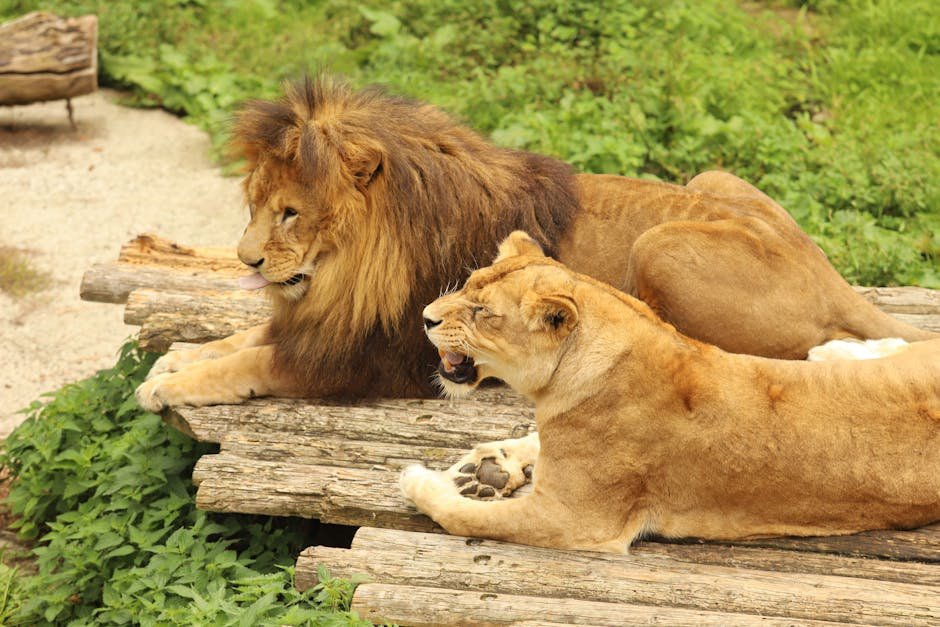
In some cases, big cats share their territories with other predators. This coexistence requires a delicate balance of power and respect. When encountering unfamiliar animals, big cats must navigate these complex dynamics, ensuring they don’t overstep boundaries while protecting their own interests. This often involves a mix of aggression, caution, and diplomacy, allowing them to coexist with others in the wild.
Understanding Prey vs. Threat
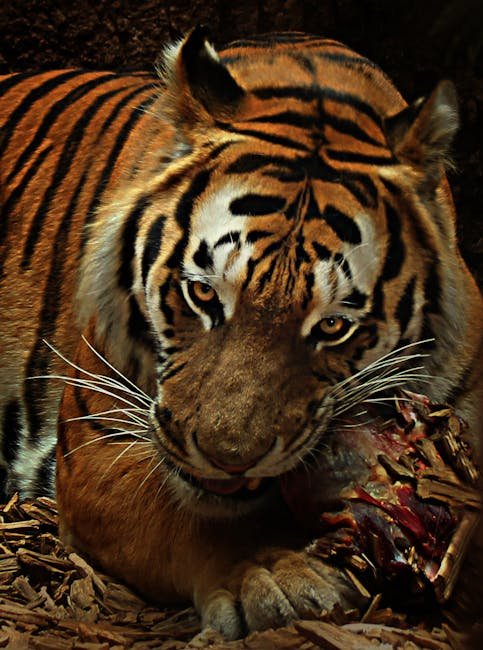
Differentiating between prey and threats is a crucial skill for big cats. When an unfamiliar animal enters their territory, they must quickly assess its potential as prey or a rival. This distinction influences their response, dictating whether they attack, observe, or retreat. By honing this skill, big cats can maximize their hunting success while minimizing risks.
Interactions with Humans

Humans are unique intruders in the territories of big cats. While some cats might view humans as threats, others might see them as sources of food or curiosity. These interactions are complex, influenced by past experiences, environmental factors, and the behavior of the humans involved. Understanding these dynamics is crucial for conservation efforts, ensuring the safety of both humans and big cats.
The Element of Surprise
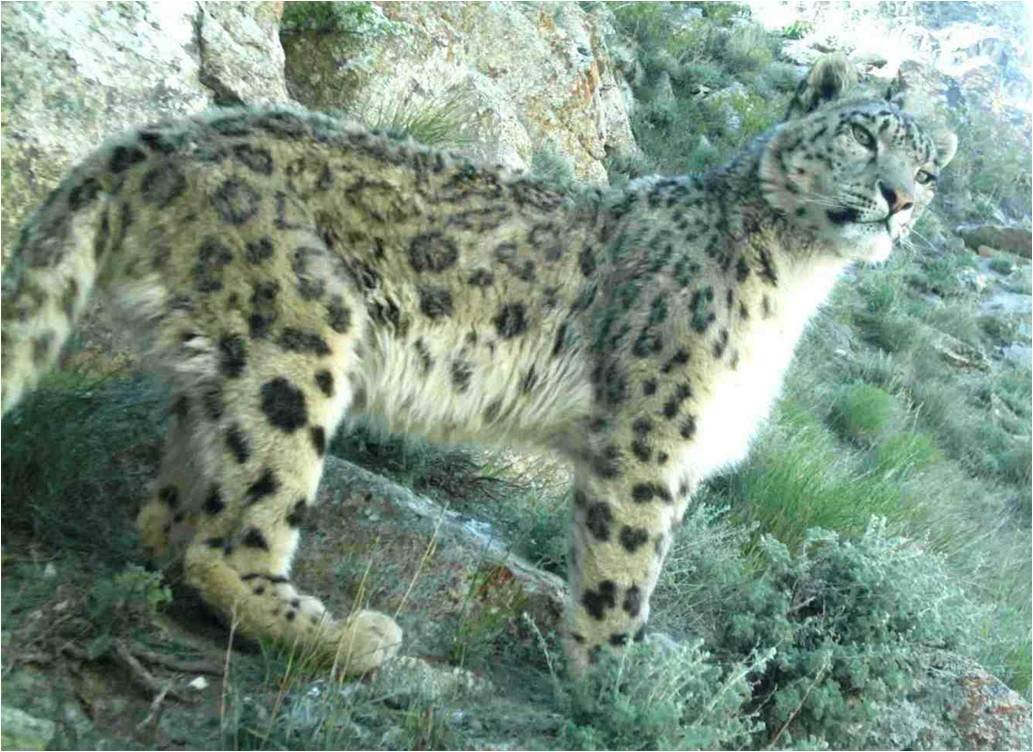
Surprise plays a significant role in encounters between big cats and unfamiliar animals. An unexpected intrusion can catch a cat off guard, leading to impulsive reactions. This element of surprise can influence the outcome of the encounter, dictating whether the cat chooses to engage, retreat, or observe. By managing surprises effectively, big cats can maintain control over their territory.
The Role of Territory Size
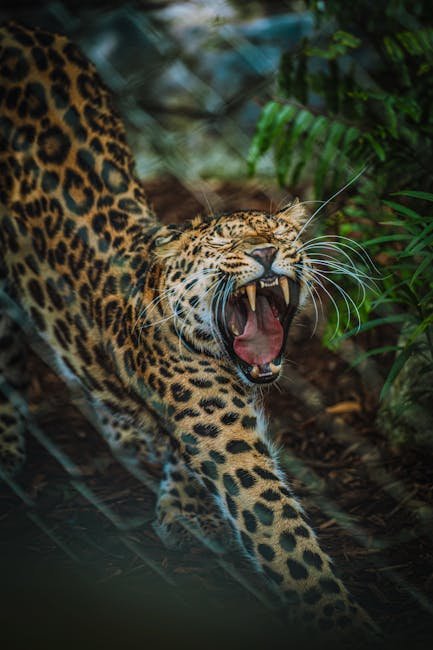
A big cat’s territory size directly influences its reactions to intruders. Larger territories might allow for more flexibility, with cats choosing to observe rather than engage. In smaller territories, however, threats are perceived more acutely, leading to more aggressive responses. Understanding the relationship between territory size and behavior is crucial for comprehending how big cats manage their domains.
Environmental Factors
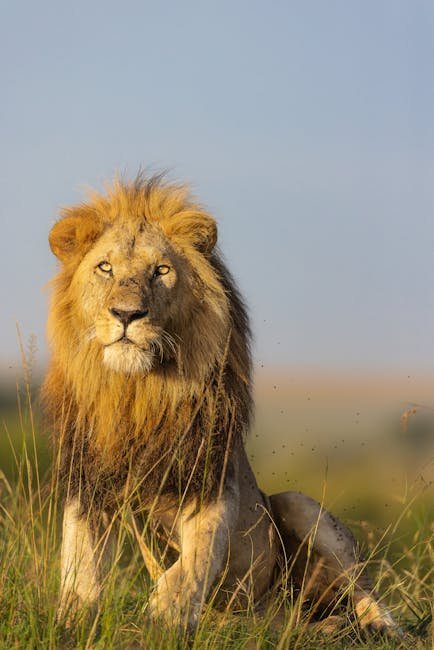
The environment plays a pivotal role in shaping a big cat’s reactions. Dense forests, open savannas, and mountainous terrains each present unique challenges and opportunities. These environmental factors influence visibility, movement, and the availability of resources, all of which play a role in dictating how a cat responds to unfamiliar animals. By adapting to their environment, big cats can effectively manage their territories.
Seasonal Influences

Seasons can have a profound impact on big cat behavior. During mating seasons, for instance, cats might be more aggressive or territorial. Conversely, in times of scarcity, they might be more cautious and reserved. These seasonal changes influence their interactions with unfamiliar animals, dictating whether they choose to engage, observe, or retreat.
Learning from Past Encounters
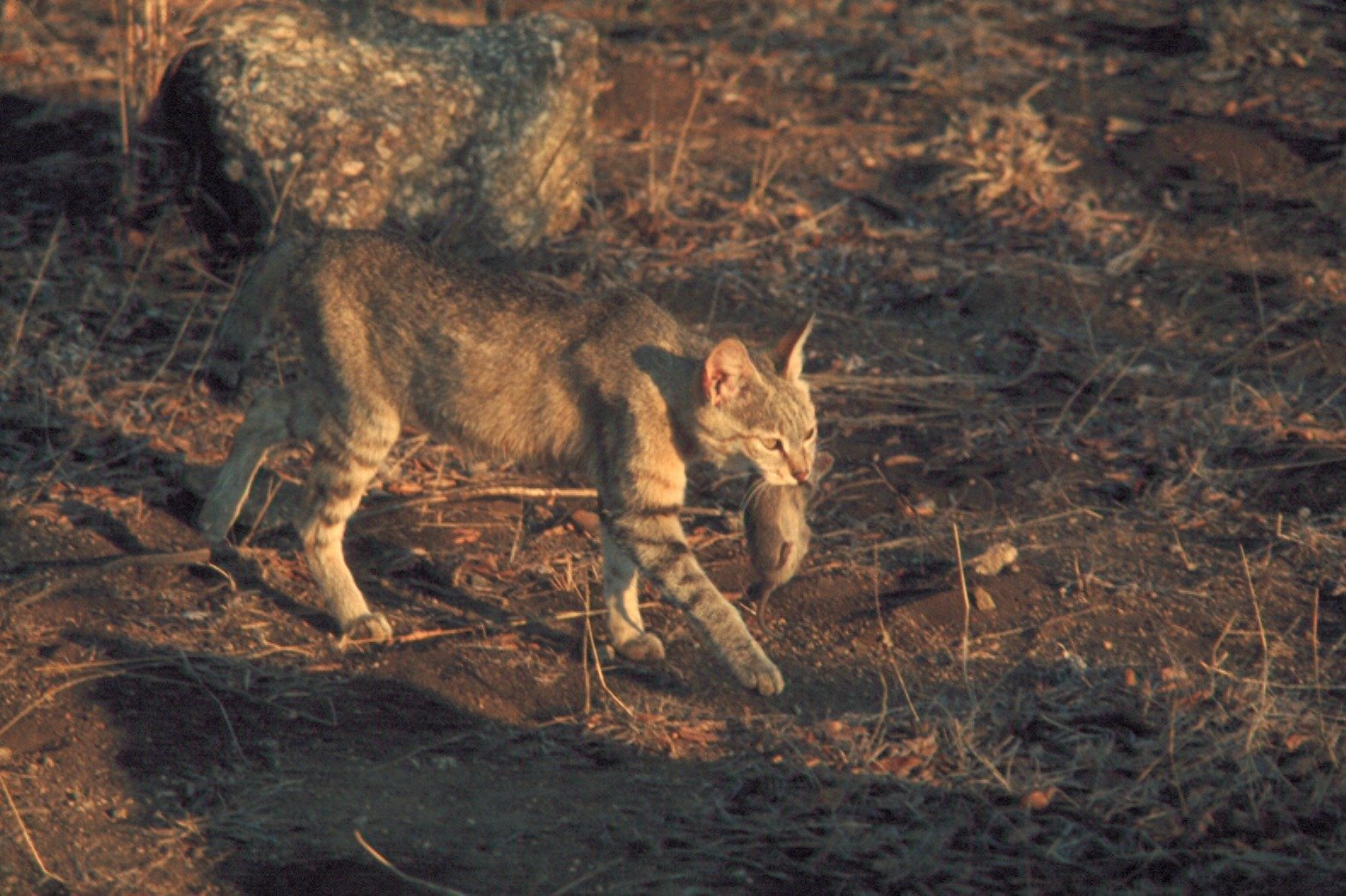
Every encounter with an unfamiliar animal is a learning opportunity for big cats. Over time, these experiences accumulate, shaping their behavior and responses. By learning from past encounters, big cats can refine their strategies, improving their ability to manage threats and opportunities. This continuous learning process is crucial for their survival and success in the wild.
Social Dynamics within Groups
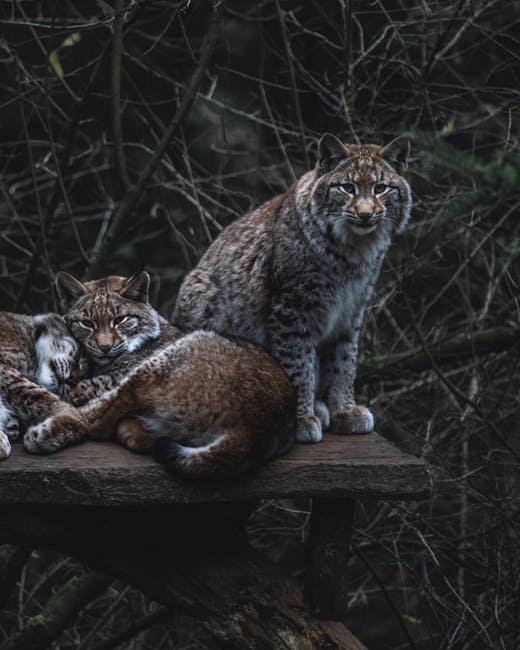
In some species, big cats live in groups, such as prides or coalitions. These social dynamics influence their reactions to unfamiliar animals. Group members might collaborate to confront threats or share information about intruders. These social interactions add a layer of complexity to their responses, requiring coordination and communication among group members.
The Importance of Adaptability
Adaptability is a key trait for big cats facing unfamiliar animals. The ability to adjust their behavior based on the situation ensures their survival and success. This adaptability allows them to navigate a constantly changing environment, managing threats, opportunities, and challenges as they arise. By remaining flexible, big cats can thrive in diverse habitats and situations.
In conclusion, the reactions of big cats to unfamiliar animals in their territory are a complex interplay of instinct, experience, and environmental factors. Each encounter offers a unique set of challenges and opportunities, requiring big cats to assess, adapt, and act accordingly. As the rulers of their domains, their ability to navigate these encounters ensures their continued dominance in the wild.
Hi, I’m Bola, a passionate writer and creative strategist with a knack for crafting compelling content that educates, inspires, and connects. Over the years, I’ve honed my skills across various writing fields, including content creation, copywriting, online course development, and video scriptwriting.
When I’m not at my desk, you’ll find me exploring new ideas, reading books, or brainstorming creative ways to solve challenges. I believe that words have the power to transform, and I’m here to help you leverage that power for success.
Thanks for stopping by, Keep coming to this website to checkout new articles form me. You’d always love it!






